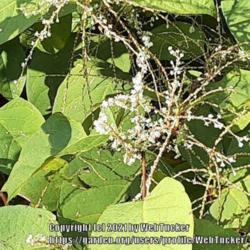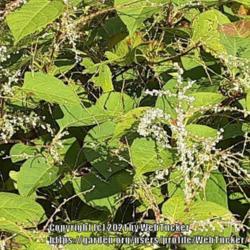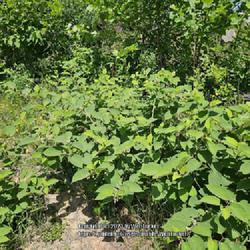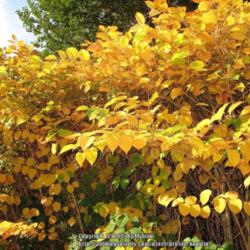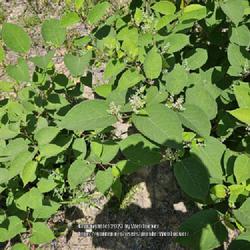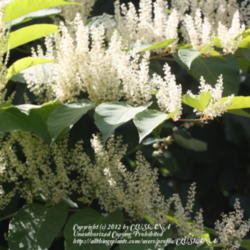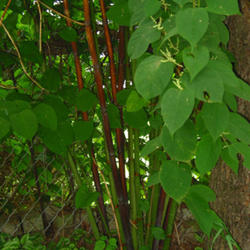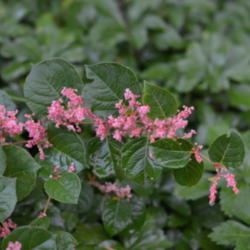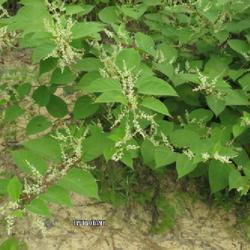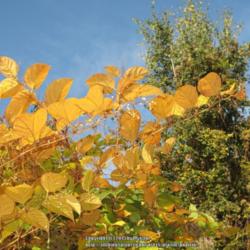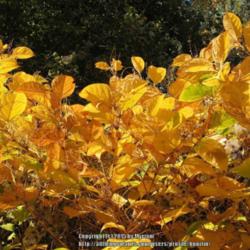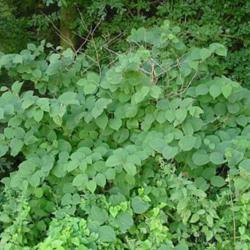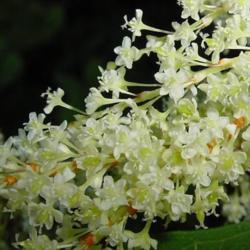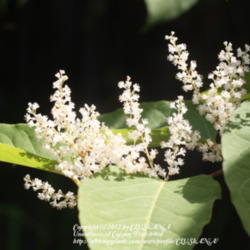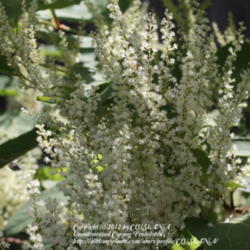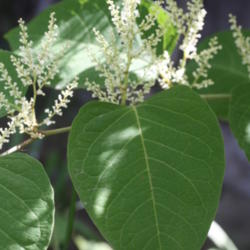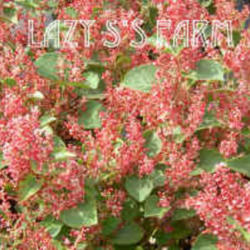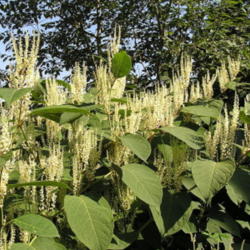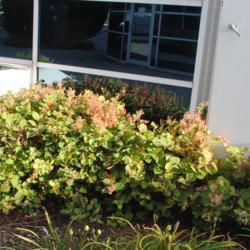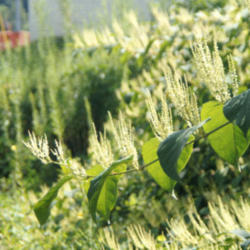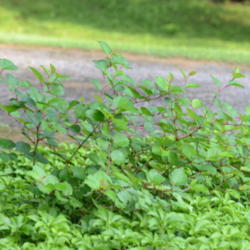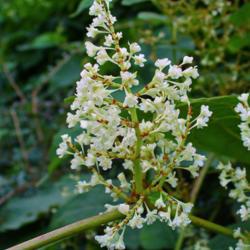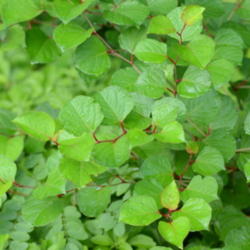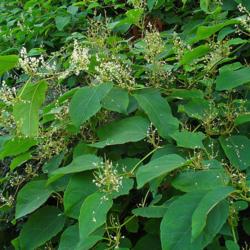Posted by
sallyg (central Maryland - Zone 7b) on Aug 28, 2023 10:44 AM concerning plant:
This species can be weedy, aggressive, invasive. It now grows in huge patches in many places in central Maryland. Blooming in August, the extent of the growth is very obvious. Wikipedia says parts are edible- do your research before eating.
Posted by
CLUSIANA on Aug 19, 2012 2:37 PM concerning plant:
This plant is the worst thing I have ever seen. You cannot get rid of it. If you leave a tiny piece of root in the ground, you get a new plant, and if you cut it back, it grows during the night and you find new growth in the morning. I have been carrying tons of ground to get rid of it. Even being against the use of chemicals in the garden, I think I am going to try to get rid of it that way, and I am wondering if that will work. Nice in bloom, but a real nightmare when happy somewhere. Loves water and here the water table is very high.
Posted by
bonitin (Ghent, Belgium - Zone 8a) on Jun 13, 2016 3:16 AM concerning plant:
This plant is attractive in many ways. The problem is that it chokes out all other vegetation by its aggressiveness. It is a real pest over here, where it is a serious threat to the native flora, especially along river banks. Avoid at all cost the temptation to plant it in your garden, from where it can escape.
Posted by
ILPARW (southeast Pennsylvania - Zone 6b) on Sep 22, 2019 8:18 PM concerning plant:
While this Reynoutria Fleeceflower or Japanese Knotweed has some beauty, it is a very invasive East Asian plant in North America and Europe, where it was introduced as an ornamental and even as a food source. I once was planning to plant some of the compact variety (that gets about 12 to 18 inches high) in some parking lot islands back in the 1990's on the grounds of a facility, but fortunately never did it. I have used a sickle on the tall, standard species and it cuts down very easily with its hollow stems. The only way to get rid of it is to constantly attack it with cutting and mowing every week, and using some herbicide as glycosphate when it is small and growing also will help. Big woody plants that will shade it will also weaken it. I recently found a few small patches of the compact variety in a landscape of a business park in Naperville, Illinois, that were fortunately planted in constrained small areas surrounded by concrete. So, the Polygonum cuspidatum compactum or Fallopia japonica compacta is still being offered by some conventional nurseries.

